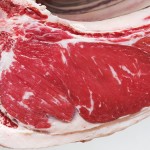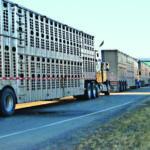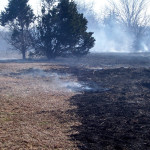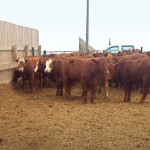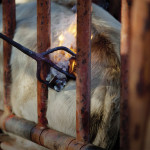In his recent article Yield is down, fat is up, pg. 55, February 2016 Canadian Cattlemen, Charlie Gracey did an excellent job of highlighting excess fat as a serious issue for the Canadian beef industry. Creating more marbled carcasses by feeding cattle longer has resulted in larger carcasses, excessive fat cover and plummeting yields. Although […] Read more



